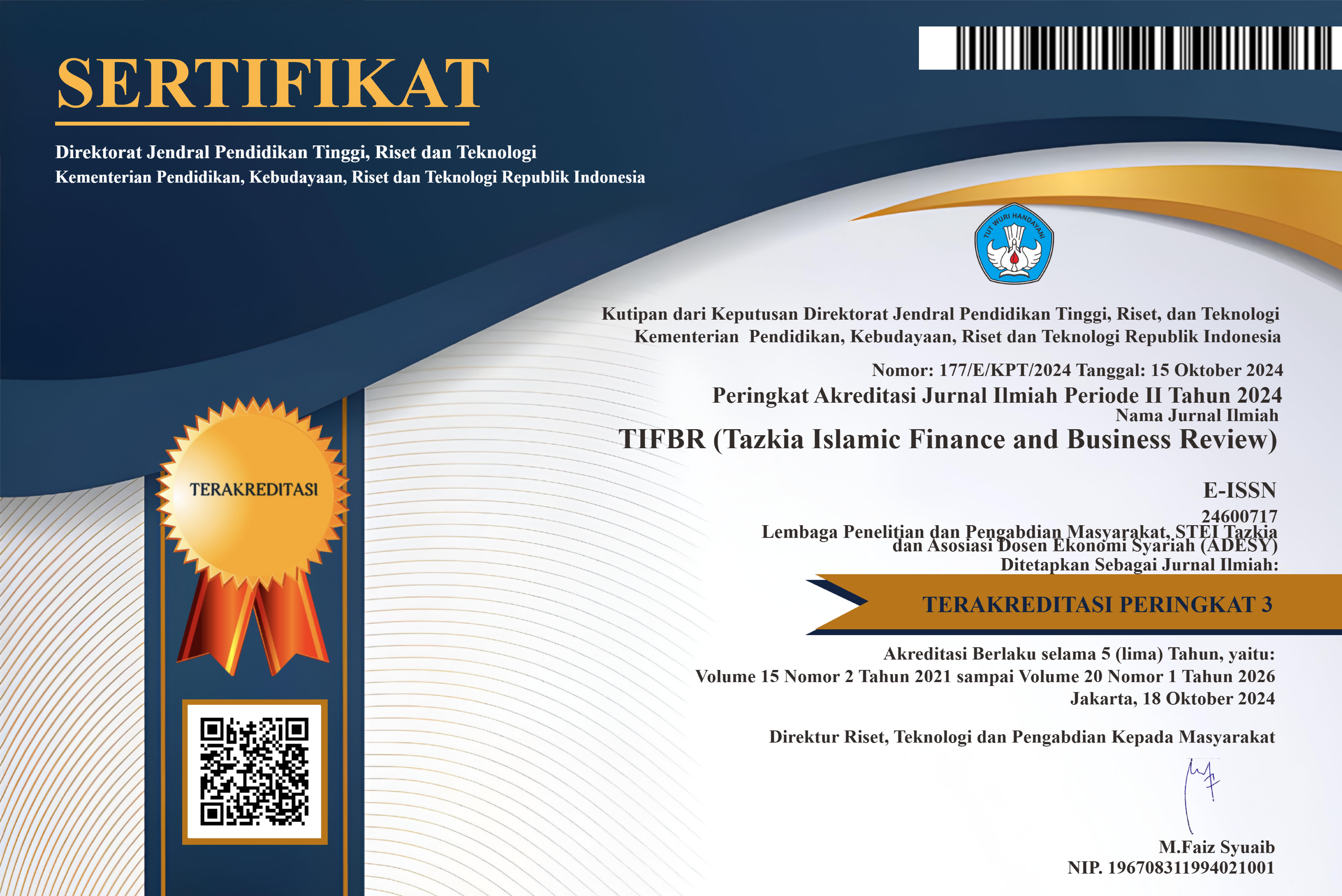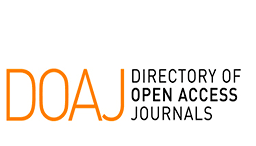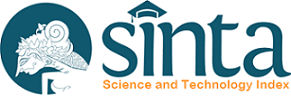| ADDITIONAL MENU |
|---|
| Editorial Team |
| Author Guidelines |
| Publication Ethics |
Submissions
Submission Preparation Checklist
As part of the submission process, authors are required to check off their submission's compliance with all of the following items, and submissions may be returned to authors that do not adhere to these guidelines.- Article must be original work of the author (individuals, groups, or institutions) that do not infringe copyright. Article submitted have never been published and is not being sent to other journal at the same time. The copyright in the article is accepted, still be right author.
- Article should use Mendeley Desktop citation manager and the Citation style is APA
- The submission file is Microsoft Word file format.
- Where available, URLs for the references have been provided.
- Paper must be 1.5 spaced with Book Antiqua; font size of 11 and paper size A4 and on one side of the paper only, maximum 9,000 words; employs italics, rather than underlining (except with URL addresses); and all illustrations, figures, and tables are placed within the text at the appropriate points, rather than at the end.
- The text adheres to the stylistic and bibliographic requirements outlined in the Author Guidelines, which is found in About the Journal.
- The instructions in Ensuring a Blind Review have been followed.
Copyright Notice

Tazkia Islamic Finance and Business Review (TIFBR) is licensed under a Creative Commons Attribution-NonCommercial 4.0 International License.
Authors who publish with this journal agree to the following terms:
- Authors retain copyright and grant the journal right of first publication with the work simultaneously licensed under a Creative Commons Attribution License that allows others to share the work with an acknowledgment of the work's authorship and initial publication in this journal.
- Authors are able to enter into separate, additional contractual arrangements for the non-exclusive distribution of the journal's published version of the work (e.g., post it to an institutional repository or publish it in a book), with an acknowledgment of its initial publication in this journal.
- Authors are permitted and encouraged to post their work online (e.g., in institutional repositories or on their website), as it can lead to productive exchanges, as well as earlier and greater citation of published work (See the Effect of Open Access).
















